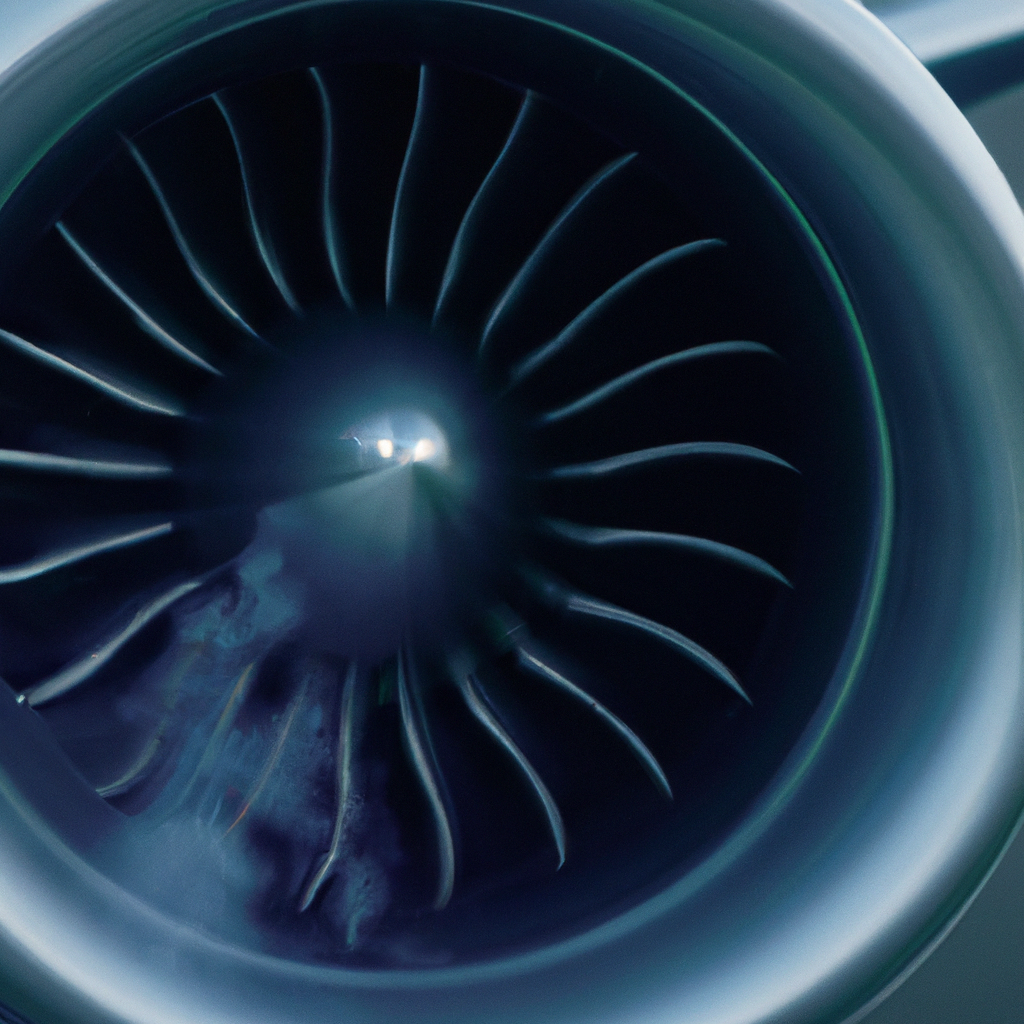Jet engines have revolutionized the way we travel today, providing faster and more efficient means of transportation. They have played a pivotal role in the aviation industry, enabling aircraft to fly higher, faster, and longer distances. In this article, we will explore the mechanism of how a jet engine propels an airplane and discuss the technology behind it.
How does a jet engine work?
A jet engine is a type of aircraft engine that uses the principle of jet propulsion to produce thrust, which propels the aircraft forward. The basic components of a jet engine include an air intake, compressor, combustion chamber, turbine, and nozzle.
Air intake: The air intake is the first component of the engine, which is responsible for drawing in the air from the atmosphere. The air then passes through the compressor, which increases its pressure and compresses it to a high temperature.
Compressor: The compressor is the heart of the jet engine, which compresses the air to a high pressure and temperature. It consists of a series of blades that rotate at high speed, compressing the air and forcing it into the combustion chamber.
Combustion chamber: The compressed air is then mixed with fuel and ignited in the combustion chamber, which produces a hot and high-pressure gas. This gas expands rapidly, creating a force that drives the turbine.
Turbine: The turbine is connected to the compressor and the combustion chamber by a shaft. As the hot gas expands through the turbine, it spins the blades of the turbine, which drive the compressor and the air intake.
Nozzle: The nozzle is the last component of the engine, which directs the high-speed exhaust gases out of the engine. It is designed to maximize the thrust by accelerating the exhaust gases to supersonic speeds.
Aircraft propulsion:
The primary function of a jet engine is to provide thrust, which propels the aircraft forward. The amount of thrust produced by the engine is determined by the mass flow rate of air through the engine and the velocity of the exhaust gases. The higher the mass flow rate and the velocity of the exhaust gases, the greater the thrust produced by the engine.
The thrust produced by the engine is used to overcome the drag, which is the resistance of the air to the motion of the aircraft. The drag is caused by factors such as air resistance, weight, and gravity. The thrust produced by the engine must be greater than the drag to enable the aircraft to move forward.
Jet propulsion technology:
Jet propulsion technology has evolved considerably over the years, with significant advancements in engine design, materials, and manufacturing processes. Modern jet engines are highly efficient and reliable, with lower emissions and fuel consumption.
One of the most significant advancements in jet propulsion technology is the development of high bypass ratio turbofans. These engines use a large fan at the front of the engine, which draws in a significant amount of air that bypasses the core of the engine. This air provides additional thrust and reduces fuel consumption, making the engine more efficient.
Another advancement is the use of composite materials in engine design, which are lighter and stronger than traditional materials such as steel and aluminum. These materials enable the engines to be more fuel-efficient and have a longer lifespan.
In conclusion, the jet engine is a critical component of an aircraft, providing the thrust needed to propel it forward. The engine works by drawing in air, compressing it, mixing it with fuel, and igniting it, creating a high-speed exhaust gas that drives the turbine and produces thrust. Jet propulsion technology has come a long way, with significant advancements in engine design, materials, and manufacturing processes, making aircraft engines more efficient, reliable, and environmentally friendly.







